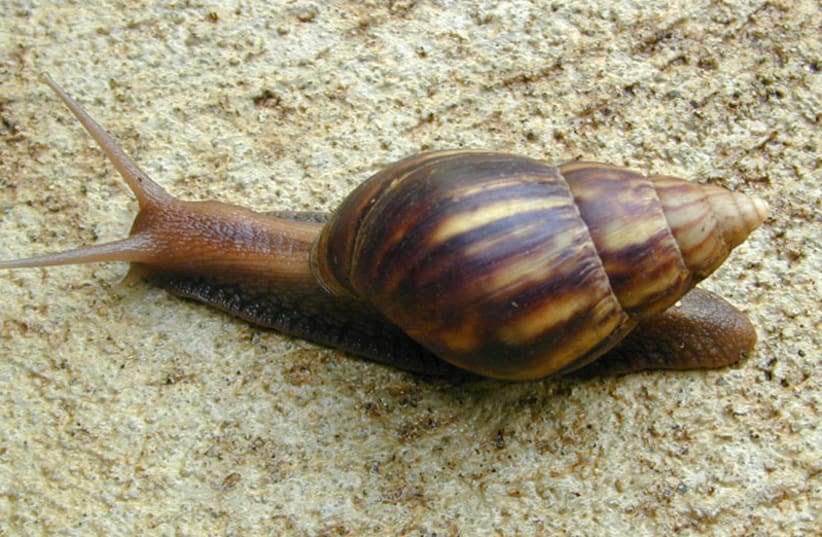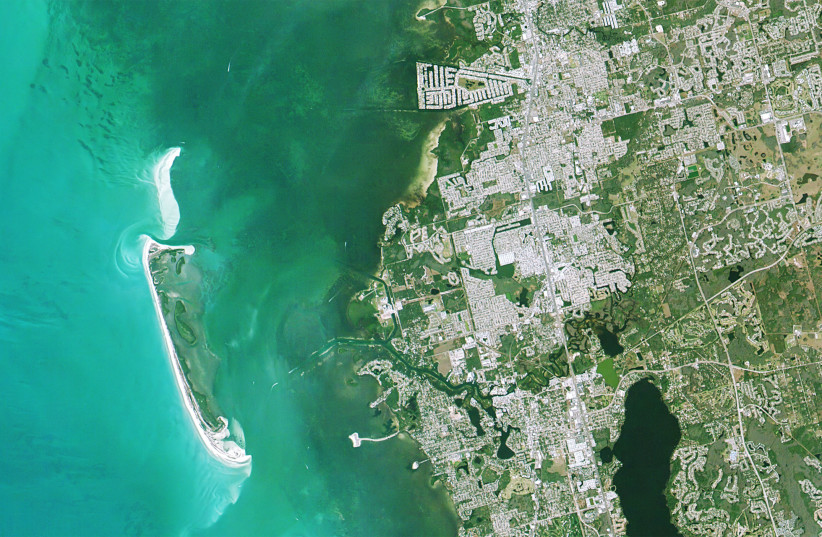Hundreds of giant African land snails have turned up on Florida's Gulf Coast, officials said on Friday, threatening to destroy a vast array of plants and trees, and posing the risk of transmitting a rare type of meningitis to humans.
The snail, native to East Africa, is one of the most damaging in the world, eating at least 500 different types of plants, tree bark, and even paint and stucco on houses, the US Department of Agriculture's website said.
The gastropod, whose shell can grow to the size of a human fist, often carries a parasite known as rat lungworm that can transmit a type of meningitis whose symptoms include muscle aches, headache, stiff neck, fever and vomiting.
More than a thousand of the creatures have been collected in the Tampa suburb of New Port Richey in Pasco County, officials said. All of those tested as of Thursday were not carrying the rat lungworm parasite, Greg Hodges, assistant director of the state's Division of Plant Industry, said at a briefing.
State officials first detected the infestation on June 23.
What should you do if you see the scary snail?
Officials stressed the importance of not touching nor ingesting the snail to prevent infections.
"Most importantly, do no eat them. This is not a snail to be put on butter and oil and garlic. This is not something you want to touch. This is not something you want to eat," Florida Department of Agriculture Commissioner Nikki Fried said.
"This is not a snail to be put on butter and oil and garlic."
Florida Department of Agriculture Commissioner Nikki Fried
To eradicate the snails, the state has placed an area of the county around New Port Richey under watch and will treat all properties within the zone until the snails are eliminated, the department's website said.
The treatment with metaldehyde, a pesticide used to control snails and slugs, will take 18 months, and the area will monitored for two years after the last snail find.
It is unclear how the snail made its way to Florida, but the US Department of Agriculture's website said is a common hitchhiker on cargo or illegally imported by people for the purpose of food or as pets.
It is the third time that the giant African land snail has been found in Florida. In the 1960s, it took $1 million and 10 years to eradicate. In 2010, a second infestation took another decade and $23 million to eradicate.
If the snails turn up beyond a core concentration in the New Port Richey area, it may take longer than expected to eradicate the pest, state officials said.

